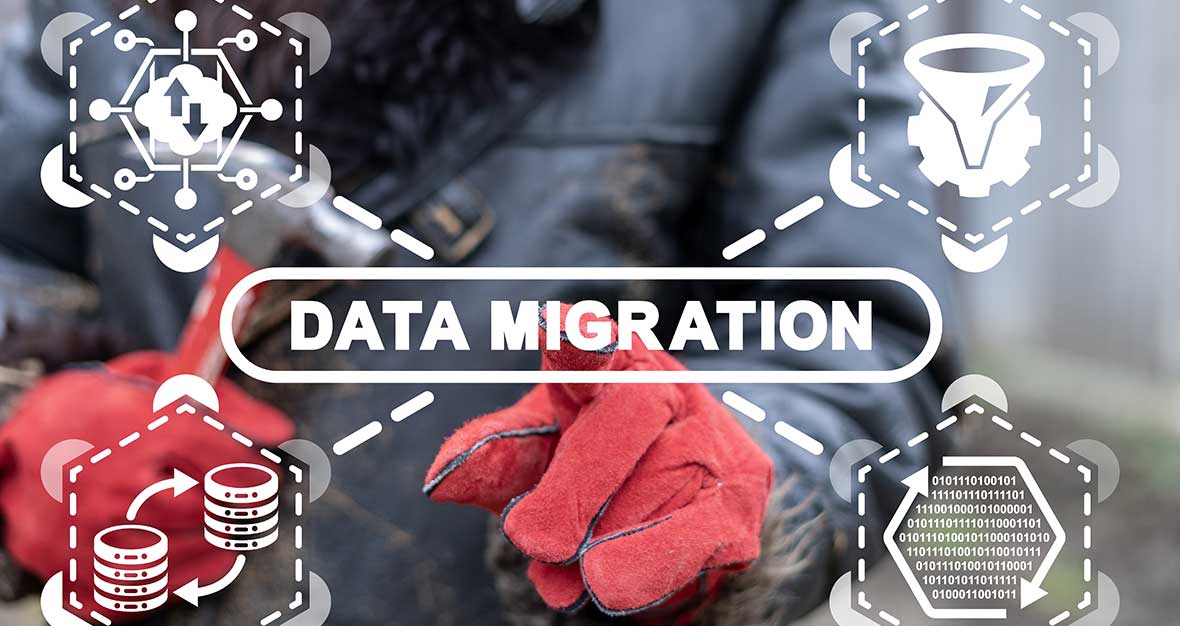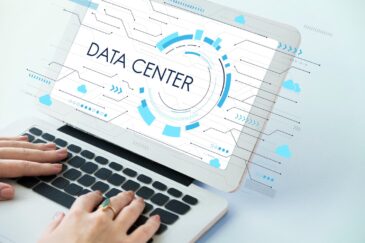Understanding the Differences Between Data Migration and Data Conversion

- December 20, 2022
- Jhansi Rani
- 0
Data migration means transferring data from one system to another. It includes moving data from an old location to a new one or from on-premise to the cloud. Data migration often happens when an organization needs to upgrade to a new system, change how it stores data, or consolidate data from multiple sources.
Data conversion, on the other hand, refers to changing the data format or structure so that it can be used differently. This can include converting data from one file type to another, such as converting a CSV file to a spreadsheet or data from one database to another. Data conversion is often necessary when using data in a different application or a new format.
Data Migration Tools vs. Data Conversion Tools
Data migration tools help businesses move data from one source to another, consolidate data from multiple sources, or from on-premises servers to the cloud. Data migration tools are essential for businesses moving data from one system to another. By helping to transfer and migrate data accurately and efficiently, these tools can save time and effort and help ensure that data is usable in its new location.
Data Conversion Tools help businesses and organizations convert data from one format or structure to another. These tools can transform data from one file type to another or from one application to another, such as converting data from a legacy system to a modern one. By helping to convert and transform data from one format or system to another, these tools can save time and effort, ensuring that your data is accurate and useful.
Both data migration and data conversion tools range from simple, standalone tools to complex, enterprise-level solutions. A few common features include:
Wide-ranging support: They support many systems and applications, including databases, CRMs, and more, and a wide range of file types, including CSV, Excel, XML, and more.
Data mapping: They include features that allow users to map data fields from one system or format to another, ensuring that data is accurately converted, transferred, and migrated.
Data cleansing: They include features that help users clean and organize data, such as removing duplicate records or standardizing data formats.
Scheduling and automation: They allow users to schedule migrations to run automatically, which can be especially useful for businesses that regularly convert or move large amounts of data.
Data preview: They allow users to preview data before it is converted or migrated, which can help ensure data accuracy and completeness.
Oracle Data Migration Tools
Oracle offers one of the largest database management systems, and several organizations use Oracle solutions to store and manage their data. Oracle provides several data migration tools to help customers migrate data to a new system or location.
One popular Oracle Data Migration Tool is Oracle Data Pump. Data Pump is a powerful utility that allows users to move data quickly and efficiently between Oracle databases and other systems. It can be used to migrate data from one Oracle database to another or to export data to a flat file for use in other systems. Data Pump supports a wide range of data types, including structured and unstructured data, and offers a range of options for customizing and optimizing data migrations.
Another popular Oracle Data Migration Tool is Oracle GoldenGate. GoldenGate is a real-time data integration and replication solution that can migrate data between Oracle databases and other systems in near real time. It supports many data types and can be used for one-time data migrations and ongoing data replication.
Conclusion
Both data conversion and data migration are complex processes that require careful planning and execution. They often involve cleaning and organizing data, mapping data fields from one system to another, and testing the data to ensure it is accurate and complete. Oracle data migration tools can be the go-to resource for Oracle customers to store and manage their data. By helping to migrate data accurately and efficiently, these solutions can save time and effort and help ensure that data is usable in its new location.

Services
Products
Company
Copyright © 2024 Rite Software Solutions & Services LLP. All rights reserved.



